The AcPET system is a powerful platform technology that can quickly make proteins for virtually any purpose. The system provides a clear advantage over other protein generating systems currently in use. The AcPET system is a patent protected 2-part system.
Part 1: Proprietary DNA Library
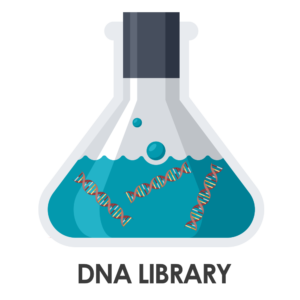 ProteoNova’s DNA library is intrinsically random. It contains over 100 trillion different DNA codes for over 100 trillion different proteins. The library
ProteoNova’s DNA library is intrinsically random. It contains over 100 trillion different DNA codes for over 100 trillion different proteins. The library
was designed to produce proteins with specific traits which are important for proteins used in diagnostics and therapeutics. These traits include:
- water solubility.
- proper amount of 3-dimentional folding for proper stability.
- resistance to enzyme degradation for longer therapeutic residence time.
- small enough to be non immunogenic to prevent them from being targeted by the patient’s immune system.
The combination of these specialized features, including its enormous size, make it superior to other DNA libraries currently available for product development.
Part 2 : Application of the AcPET system
Utilizing the library to select proteins of interest is a rapid multistep process taking only a few days to complete. The dramatically lower time and cost to produce proteins for specific purposes compared to traditional methods is critically important to biopharmas, as it addresses the costly discovery phase bottleneck in the biotherapeutic development process.
How it Works
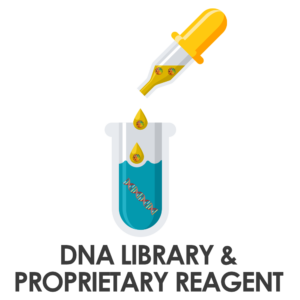
Step 1
A small amount of the DNA library and specialized other reagents are added to a small tube and allowed to react
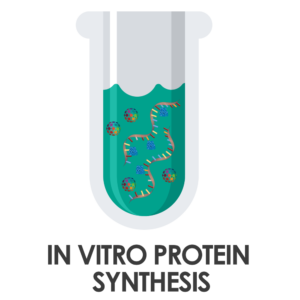
Step 2
The in vitro protein synthesis process takes only about 48 hours to complete. The process converts the DNA Library into a Protein Library. The addition of our proprietary light activatable reagent and UV light exposure links the translated protein to the mRNA code, creating an mRNA-linker-protein complex Library. The steps are:
- Transcription – Each DNA code is converted (“transcribed”) to mRNA, resulting in a pool of mRNAs, or an mRNA Library
- Translation – The mRNA codes are converted (translated) to the proteins they code for
- UV light – UV light exposure causes each mRNA to attach and remain attached to the protein it coded for in the translation. This results in formation of mRNA-linker-protein complexes
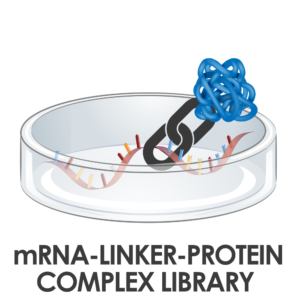
Step 3
The resulting library of mRNA-linker-protein complexes can be used immediately for selecting proteins of interest using positive and negative selection techniques.
- A target of interest (e.g. a specific cancer target) is affixed to a solid substrate
- The library of mRNA-linker-protein complexes is reacted (panned) against the selected target
- The protein portion of one complex will bind to the target, indentifying it as the desired protein
- The nonbinding complexes are washed away
- The mRNA still connected to that protein is then isolated from the protein and amplified to produce working quantities of the protein
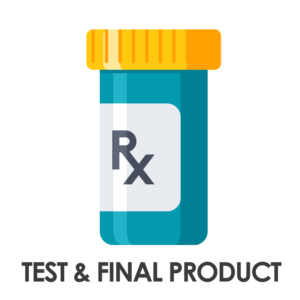
Step 4
The selected protein is then:
- Tested to confirm it retains the specific properties of interest
- Configured into a final product
- Tested, in its final form, for efficacy as a therapeutic
